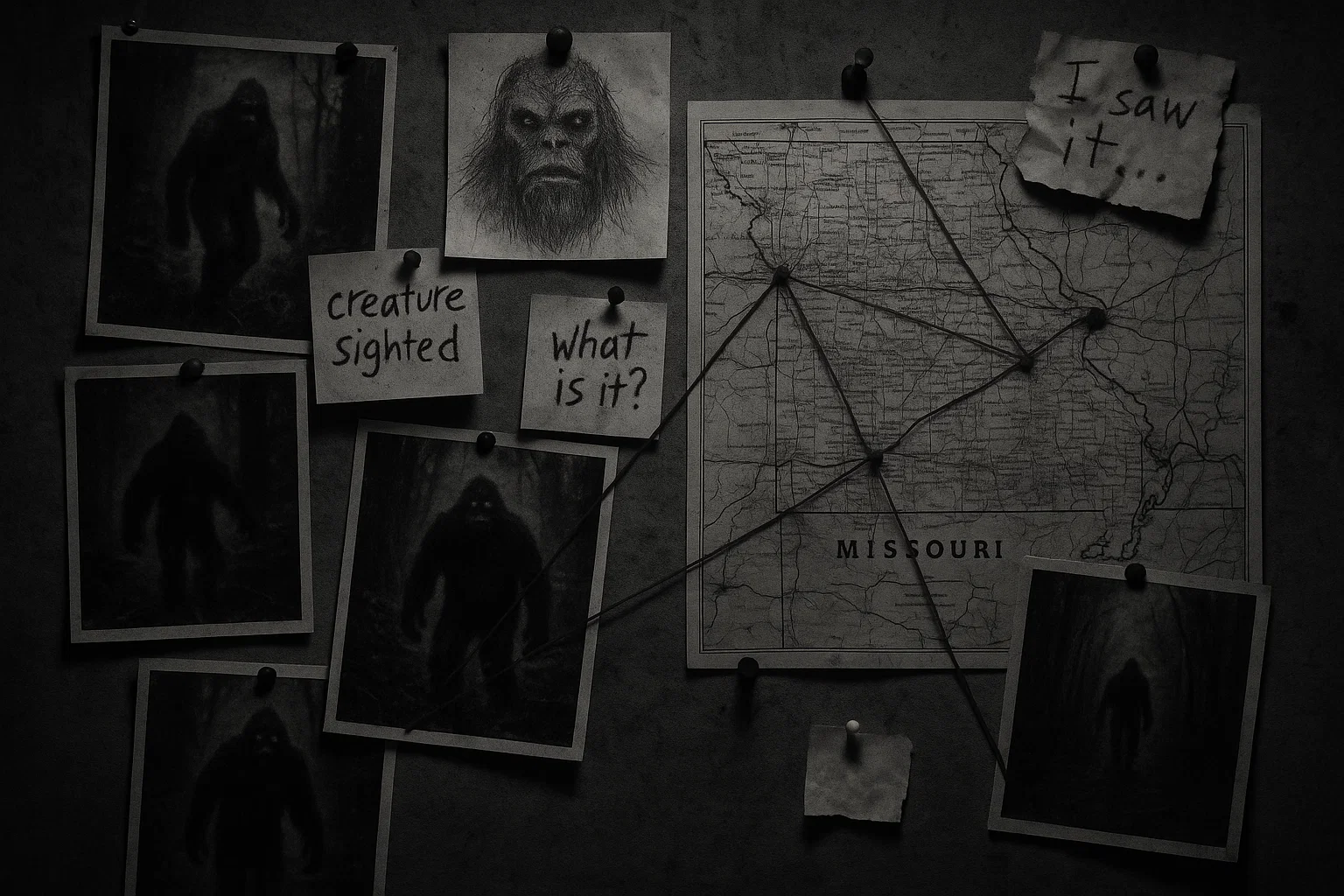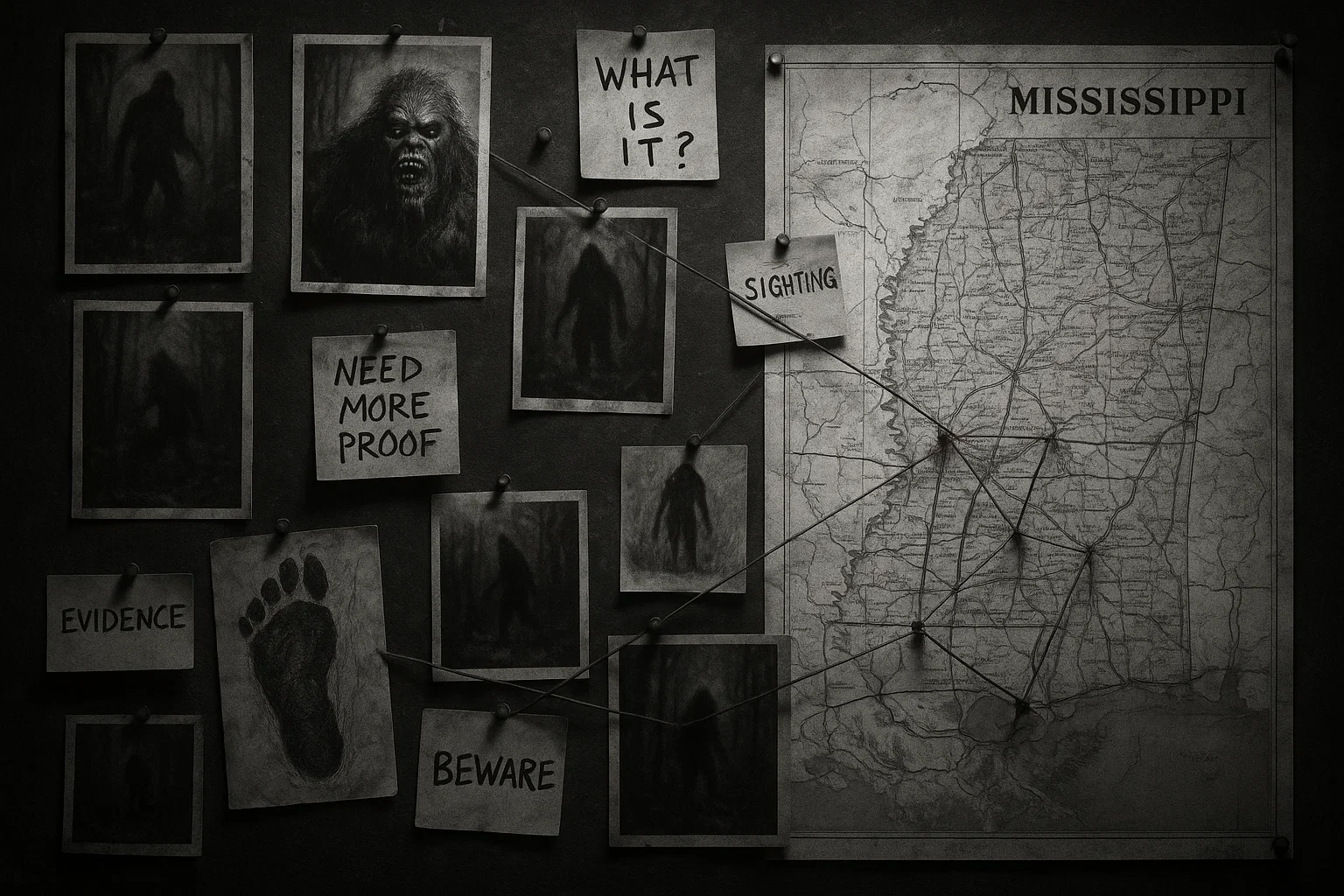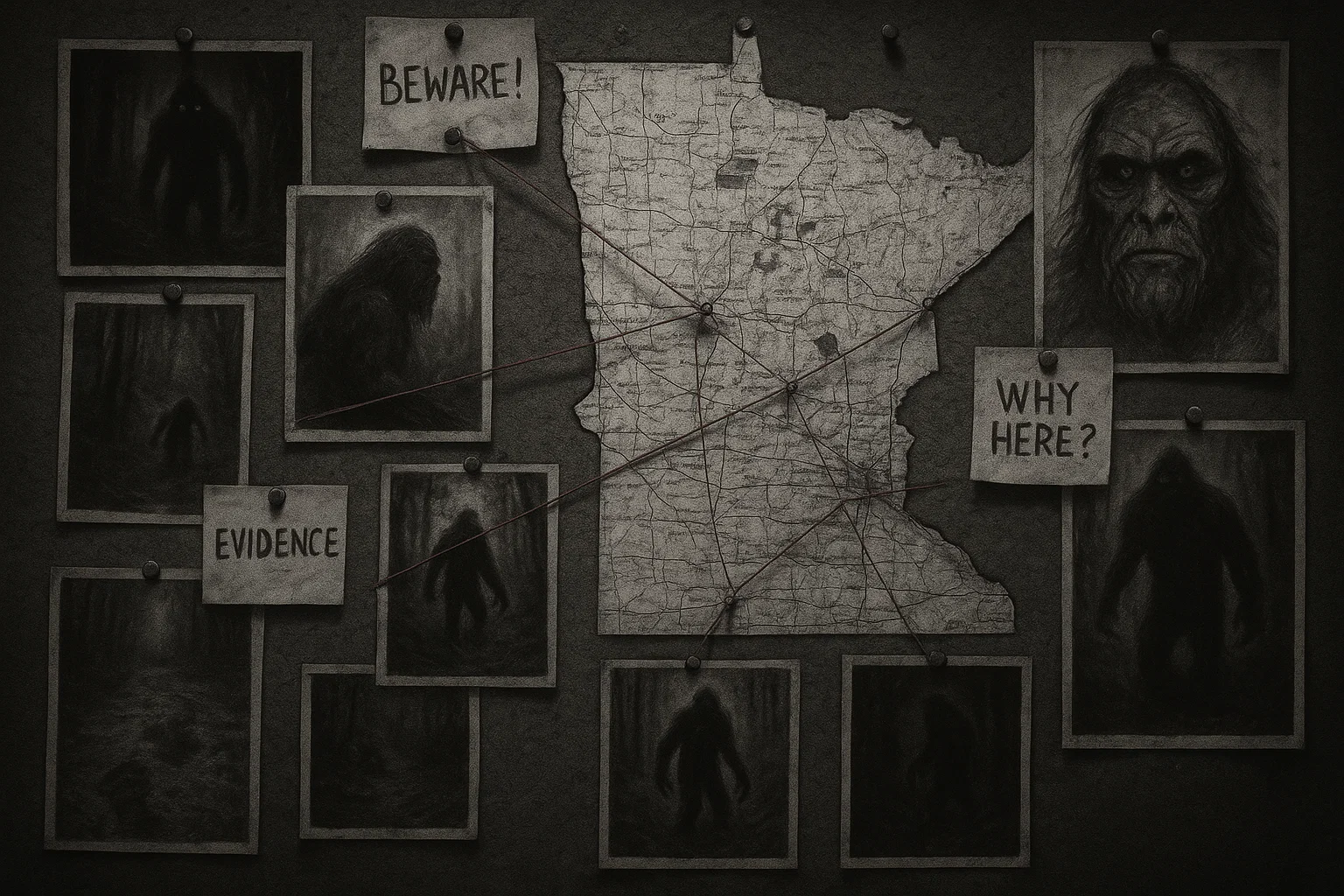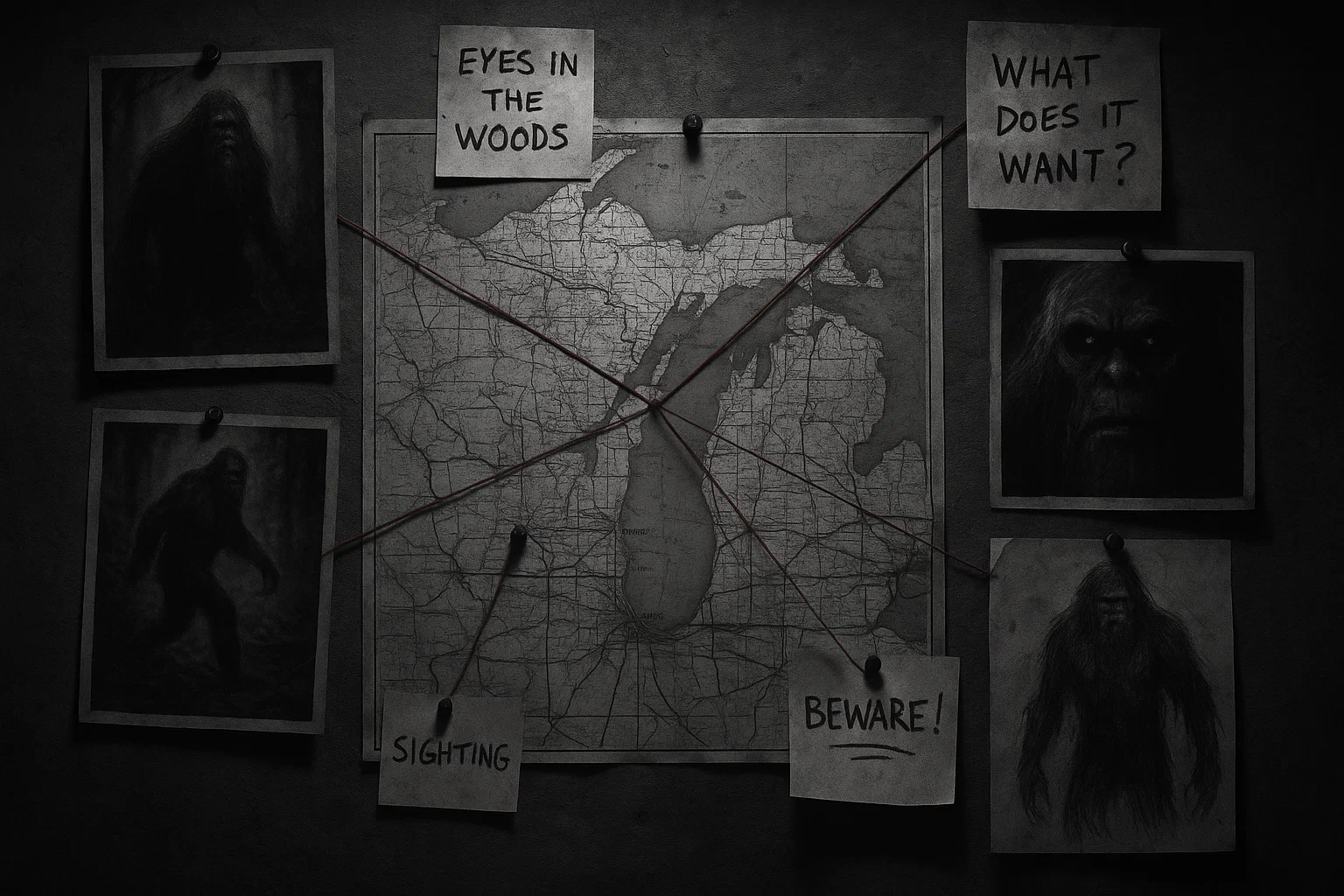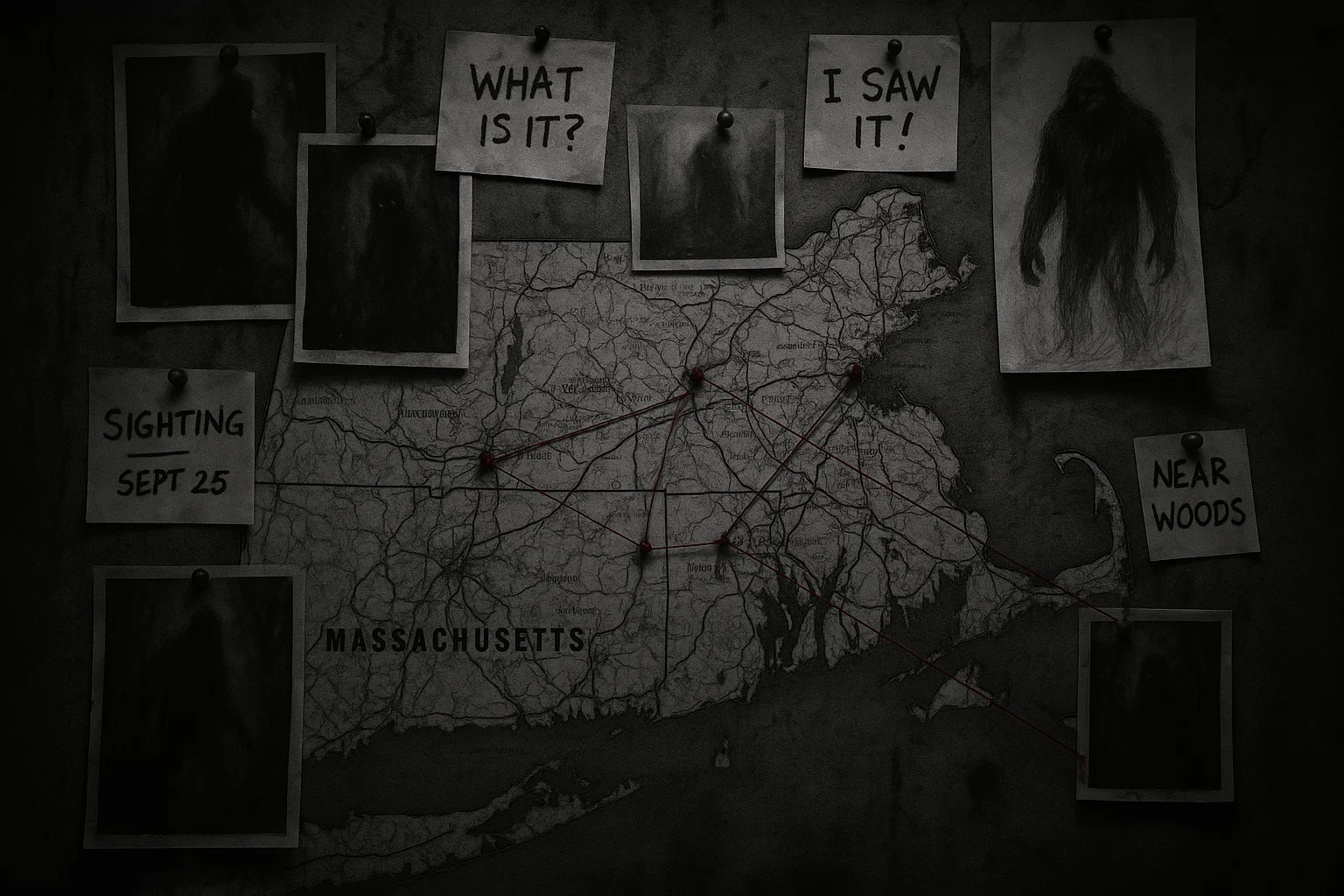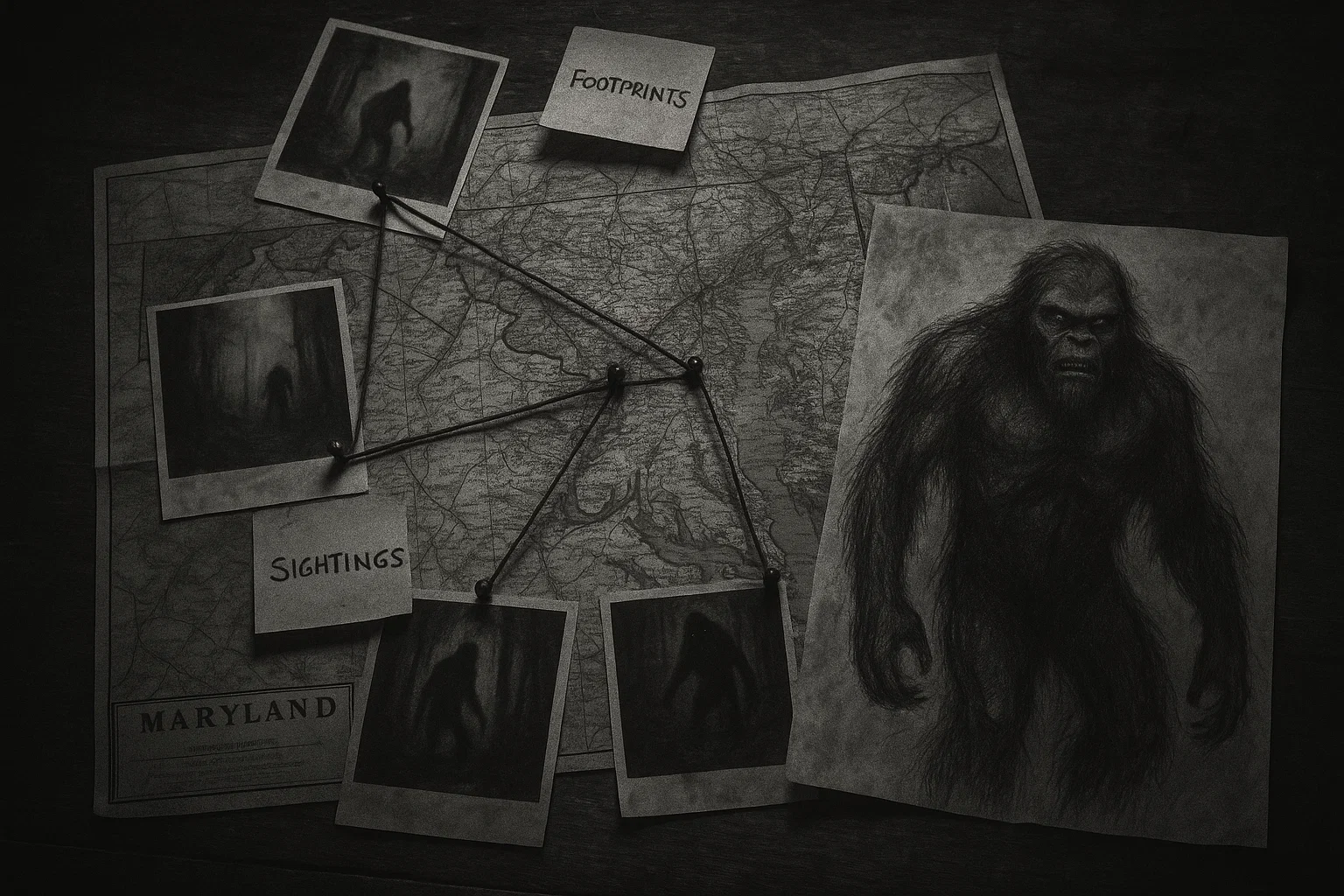The Werewolves of Poligny case is a chilling episode from 16th-century France, where fear of the supernatural collided with brutal justice. In 1521, three men—Philibert Montot, Pierre Bourgot, and Michel Verdun—stood accused of transforming into wolves, committing heinous murders, and engaging in diabolism.
This in-depth exploration delves into their identities, the gruesome details of their alleged crimes, the harrowing trial, and the historical context, offering a vivid portrait of a time when folklore and reality blurred.
Table of Contents
Overview
| Aspect | Details |
|---|---|
| Date | 1521 |
| Location | Poligny, Franche-Comté, France |
| Main Figures | Philibert Montot, Pierre Bourgot, Michel Verdun |
| Accusations | Lycanthropy, witchcraft, murder, cannibalism |
| Trial Outcome | All three executed by burning at the stake |
| Historical Context | Early 16th-century Europe, marked by religious turmoil, superstition, and fear of shapeshifters |
| Key Features | Tortured confessions, detailed accounts of witches’ sabbat, public execution |
Who Were the Werewolves of Poligny?
The Werewolves of Poligny were three men from the rural town of Poligny in Franche-Comté, a region steeped in folklore and religious fervor.
Pierre Bourgot, known locally as “Gros Pierre” (Fat Pierre), was a shepherd in his late 30s, struggling to manage his flock amid harsh weather and economic hardship. Described as superstitious and impressionable, Bourgot lived on the outskirts of Poligny, where his isolation made him vulnerable to accusations.
Michel Verdun was a laborer, possibly in his 40s, married, and known for his quiet demeanor, though his involvement in local disputes hinted at a troubled reputation.
Philibert Montot, less documented, was likely a peasant or farmer, possibly younger than his co-accused, with few records of his personal life beyond his alleged role in the crimes.
These men were not prominent figures but ordinary villagers whose lives were upended by accusations of lycanthropy and devil worship, reflecting the era’s tendency to target marginalized individuals.
Their backgrounds were typical of rural 16th-century France: poor, uneducated, and living in a community gripped by fear of the supernatural.
Bourgot’s struggles with his flock and Verdun’s minor conflicts with neighbors may have fueled local suspicion, while Montot’s obscurity suggests he was an easy scapegoat. The trio’s lack of social standing made them prime targets for a society eager to root out perceived evil.
You May Also Like: Crowing Crested Cobra: A Real-Life Basilisk or Folklore Beast?
Werewolves of Poligny’s Story
The story of the Werewolves of Poligny begins in the early 16th century in Poligny, a town nestled in the rugged hills of Franche-Comté. This region, marked by dense forests and isolated hamlets, was fertile ground for tales of shapeshifters and demonic forces.
The case erupted in the spring of 1521 when a traveler, whose name is lost to history, was attacked by a large wolf while passing through the outskirts of Poligny. The traveler managed to wound the beast with a knife, driving it off.
Curious and alarmed, he followed the trail of blood to a small cottage, where he found Michel Verdun nursing a fresh wound that matched the wolf’s injury. Verdun’s wife, tending to him, appeared nervous, further arousing suspicion. The traveler reported this to the local magistrate, sparking a chain of events that would engulf Poligny in terror.
The authorities swiftly arrested Verdun, who, under the threat of torture, implicated Pierre Bourgot and Philibert Montot. The accusations centered on their alleged ability to transform into wolves through a diabolical pact with the devil, facilitated by a mysterious salve or ointment.
Bourgot, the most talkative of the three, provided a detailed confession that painted a vivid and gruesome picture of their lives and crimes.
Early Lives and Descent into Crime
Little is known about the early lives of Verdun and Montot, but Bourgot’s backstory offers some insight.
Born around 1485, he was a shepherd who faced constant hardship. In 1502, at about age 17, Bourgot’s flock was scattered during a violent thunderstorm near the village of Chastel Charnon.
Desperate and alone, he encountered three mysterious figures dressed in black, riding horses. One, later described as a demonic entity named Moyset, offered to protect Bourgot’s sheep and grant him wealth in exchange for renouncing God, the Virgin Mary, baptism, and church attendance.
Bourgot, impressionable and fearful, agreed, kissing the figure’s icy hand, which he described as “cold as death.” This pact, he claimed, marked the beginning of his descent into lycanthropy.
Verdun, a laborer with a wife and no recorded children, had a reputation for being reclusive. Local gossip suggested he was involved in petty disputes over land or debts, which may have made him a target for suspicion.
Montot, possibly a farmer, was even less prominent, with no surviving records of his family or occupation. The trio’s ordinary lives contrasted starkly with the extraordinary accusations leveled against them.
You May Also Like: Charlie No-Face | Horror Story
The Alleged Crimes
The accusations against the Werewolves of Poligny were horrific, rooted in the era’s fears of cannibalism and sorcery.
Bourgot confessed to participating in a witches’ sabbat, a nocturnal gathering in the woods near Poligny, where he and others danced around a fire lit with green tapers that burned with eerie blue flames.
At one such gathering, Verdun provided Bourgot with a magic salve, which, when applied, transformed him into a wolf. Bourgot described the transformation as both exhilarating and terrifying: his body sprouted fur, his hands became paws, and he gained supernatural speed, “running like the wind.” Verdun and Montot allegedly underwent similar transformations.
The crimes they confessed to were gruesome and numerous, targeting vulnerable villagers, especially children. Bourgot admitted to killing a woman, approximately 30 years old, while she gathered peas in a field near Poligny in late 1520.
He attacked her in wolf form, tearing her throat and devouring parts of her body. When a man, identified as M. de Chusnee, attempted to intervene, Bourgot killed him too, leaving his body mutilated.
In another incident, Bourgot confessed to attacking a 4-year-old girl near the village of Amanges, strangling her and eating her flesh, describing it as “tender and sweet.”
He also admitted to killing a 7-year-old girl in a forest clearing, drinking her blood and leaving her body for wild animals. A 6-year-old boy was attacked near Poligny’s outskirts but survived, his screams alerting nearby farmers who chased off the wolf. Bourgot also confessed to killing a goat, though this was less significant to the authorities.
Verdun’s confessions echoed Bourgot’s, though with fewer details. He admitted to murdering at least two children, one a 9-year-old boy found near a stream, his body partially eaten.
Montot’s role was less clear, but he was accused of participating in at least one child murder and desecrating a corpse. In total, the trio was linked to at least seven murders, though some accounts suggest up to ten victims, including adults and children, between 1518 and 1521.
The victims were often found in isolated areas—fields, forests, or riverbanks—with signs of animal-like attacks: torn flesh, bite marks, and missing limbs.
Discovery and Authorities’ Reaction
The crimes came to light not only through the traveler’s encounter but also due to growing panic in Poligny.
Villagers reported missing children and mutilated bodies, fueling rumors of a loup-garou (French for werewolf). Parents kept children indoors, and farmers armed themselves with pitchforks and knives. The local magistrate, supported by clergy, organized a hunt for the culprits, focusing on Verdun after the traveler’s report.
The arrests of Bourgot and Montot followed quickly, as Verdun named them under duress. The authorities, steeped in the era’s belief in demonology, viewed the case as evidence of satanic influence, prompting a swift and aggressive response.
The community’s reaction was one of horror and outrage. Crowds gathered outside the magistrate’s house, demanding justice. Priests preached about the dangers of the devil, linking the crimes to the broader witch panic sweeping Europe.
The hunt for evidence was cursory, relying heavily on confessions rather than physical proof, a common practice in such cases.
Werewolves of Poligny Werewolf Trial
The trial of the Werewolves of Poligny began in December 1521, conducted by secular authorities in Poligny but heavily influenced by religious figures, including a Dominican prior, Jean Bodin (though some sources confuse him with the later jurist of the same name).
The proceedings were a spectacle, drawing villagers eager to see justice served against the supposed shapeshifters.
You May Also Like: The Portrait of Doña Isabel de Porcel Curse: Real or Not?
Capture and Interrogation
Michel Verdun was arrested first, in spring 1521, after the traveler’s report. He was taken to a local dungeon, likely a damp, stone-walled cell beneath the magistrate’s court.
Interrogators used torture to extract his confession, employing methods like the strappado (hoisting the accused by their arms tied behind their back) and hot irons applied to the flesh.
Verdun, in agony, admitted to being a werewolf, claiming he used a magic salve to transform and had made a pact with the devil. He named Pierre Bourgot and Philibert Montot as accomplices, leading to their immediate arrest.
Bourgot, seized from his shepherd’s hut, was subjected to similar tortures. His interrogators stretched him on a rack, dislocating his shoulders, and burned his feet with hot coals.
Under this duress, he recounted his 1502 encounter with the devil, the witches’ sabbat, and his transformation into a wolf. His confession was detailed, describing the taste of human flesh and the thrill of running as a wolf. Montot, arrested soon after, faced the same brutal methods.
His confessions were less detailed but corroborated the others, admitting to participating in murders and sabbats. The interrogations lasted weeks, with the men held in chains, barely fed, and subjected to repeated sessions to ensure consistent stories.
The Trial
The trial itself was held in a public hall in Poligny, packed with villagers and clergy. The charges included lycanthropy, witchcraft, murder, and cannibalism. The prosecution relied heavily on the confessions, presenting them as proof of the men’s guilt.
No physical evidence, such as the alleged magic salve or wolf pelts, was produced, as was typical in such cases. The defense was minimal; the accused had no legal representation, and their confessions were taken as fact.
Bourgot’s testimony was the centerpiece, detailing his pact with Moyset, the witches’ sabbat, and the murders. He described the sabbat as a chaotic gathering where participants danced naked, smeared with ointment, and chanted demonic incantations.
Verdun added that the devil appeared as a shadowy figure, commanding them to kill. Montot’s testimony was vaguer, possibly due to exhaustion or less involvement, but he admitted to eating human flesh.
The court, swayed by religious fervor and public pressure, viewed the confessions as undeniable proof of diabolism.
The trial was swift, lasting only a few days. The religious context—marked by the Catholic Church’s battle against heresy and the early stirrings of the Reformation—intensified the proceedings.
The Dominican prior preached that the accused were servants of Satan, deserving no mercy. Villagers, gripped by fear, shouted for execution, believing it would cleanse Poligny of evil.
You May Also Like: What Is a Vourdalak? The Horrifying Vampire That Hunts Its Own Family
Execution
On a cold December morning in 1521, the three men were sentenced to death by burning at the stake, a punishment reserved for heretics and witches. They were led to a public square in Poligny, where a pyre had been built.
Contemporary accounts describe the scene as grim: Verdun, gaunt and broken, muttered prayers; Bourgot wept openly, begging forgiveness; Montot remained silent, possibly resigned.
The men were tied to stakes, surrounded by straw and wood. A priest offered a final chance for repentance, which they reportedly accepted, though their confessions were likely coerced to the end.
The executioner lit the pyre, and flames engulfed the trio. Witnesses reported their screams echoing through the square, a terrifying reminder of the era’s harsh justice.
The burning was not only a punishment but a public ritual to purge the community of perceived demonic influence. The men’s bodies were reduced to ashes, and the crowd dispersed, some relieved, others haunted by the spectacle.
Werewolves of Poligny vs Other Werewolves
The Poligny case shares themes with other werewolf trials but stands out for its group dynamic and detailed confessions:
| Case | Date | Location | Key Features | Similarities to Poligny |
|---|---|---|---|---|
| Peter Stubbe | 1589 | Bedburg, Germany | Used a magic belt to transform; tortured, beheaded, and burned | Torture, cannibalism, devil’s pact |
| Gilles Garnier | 1573 | Dole, France | Hermit who killed children with an ointment; burned | Cannibalism, transformation |
| Johan Martensen | 1595 | Steenhuisen, Germany | Part of a werewolf group; strangled and burned | Group involvement, torture |
| Claudia Gaillard | 1598 | Burgundy, France | Transformed into a wolf; executed for witchcraft | Witchcraft, transformation |
| Jean Grenier | 1603 | Bordeaux, France | Teen who attacked children; sent to a monastery | Child murders, confession |
| Beast of Gévaudan | 1764–1767 | Gévaudan, France | Killed dozens; linked to lycanthropy but no trial | Fear of wolf-like creatures |
| Roulet of Geneva | 1580 | Geneva, Switzerland | Killed a boy; sentenced to religious education | Cannibalism, confession |
| Thierry de Arnaye | 1573 | Besançon, France | Killed children; executed for lycanthropy | Child murders, execution |
| Wolf of Ansbach | 1685 | Ansbach, Germany | Wolf believed to be a shapeshifter; killed and displayed | Fear of werewolves |
| Vseslav of Polotsk | 11th century | Polotsk, Russia | Ruler with rumored werewolf powers; no trial | Transformation belief |
The Poligny case aligns with others in its reliance on tortured confessions and accusations of cannibalism and witchcraft. Its unique elements include the group of three men and detailed accounts of a witches’ sabbat and magic salve.
Unlike cases like Jean Grenier’s, where leniency was shown, Poligny’s harsh outcome reflects the era’s unforgiving stance on perceived devil worship.
You May Also Like: Types of Werewolves Ranked by Power and Origin
Were the Werewolves of Poligny Real?
The authenticity of the Werewolves of Poligny case rests on limited historical records and the cultural lens of 16th-century Europe.
The primary source is Henri Boguet’s Discours des sorciers (1602), a treatise by a Franche-Comté judge who recorded the trial as a prime example of lycanthropy.
Boguet’s account is vivid, detailing the confessions and the witches’ sabbat, but his reliance on tortured testimonies and sensational tone raises questions about accuracy. He describes the men’s transformations and crimes with fervor, reflecting the era’s belief in demonology and shapeshifting.
Another key source is Johann Weyer’s De praestigiis daemonum (1564), a skeptical work by a physician who argued that lycanthropy was a delusion or mental illness, not a supernatural reality. Weyer mentions the Poligny case briefly, suggesting the accused suffered from melancholia or madness, a view ahead of its time.
The Malleus Maleficarum (1486), a witch-hunting manual by Heinrich Kramer, while not directly referencing Poligny, shaped the legal and religious framework for such trials, emphasizing demonic pacts and transformations.
Local records from Franche-Comté, though scarce, mention the trial in passing, noting the execution of three men for “sorcery and wolfish crimes” in 1521.
No original trial documents survive, likely destroyed or lost over centuries, leaving historians reliant on secondary accounts. Boguet’s work, while detailed, is biased toward proving the existence of witches and werewolves, and his role as a judge in similar cases suggests he may have exaggerated details to justify harsh punishments.
Weyer’s counterargument, though more rational, lacks specifics about Poligny, limiting its usefulness. Other contemporary sources, like sermons or chronicles from Franche-Comté, vaguely reference “wolf-men” but offer no concrete evidence.
Several factors cast doubt on the case’s supernatural claims:
- Torture: The strappado, rack, and burning irons forced confessions, often leading to fabricated or exaggerated stories to end the pain.
- Cultural Context: The early 16th century was rife with witch panic, with laws in France criminalizing lycanthropy as a form of heresy. The Catholic Church’s fear of heresy, amplified by the Reformation, fueled such trials.
- Mental Illness: Modern scholars suggest clinical lycanthropy, a psychological condition where individuals believe they transform into animals, may explain the confessions. Serial killing, driven by psychopathy or trauma, is another possibility.
- Lack of Evidence: No physical proof, such as the magic salve or wolf tracks matching human footprints, was presented, relying solely on confessions.
While the accused likely committed real crimes—possibly murders or grave desecration—the werewolf narrative was almost certainly a product of superstition and coercion. The case reflects a society grappling with unexplained violence, using folklore to make sense of horror.
Conclusion
The Werewolves of Poligny case is a haunting window into 16th-century Europe’s fears and judicial practices.
The gruesome confessions of Philibert Montot, Pierre Bourgot, and Michel Verdun, extracted through relentless torture, reveal more about the era’s paranoia than about actual lycanthropy. Their trial and execution by burning underscore the brutality of a time when superstition and religion dictated justice.
Compared to other werewolf cases, Poligny’s group dynamic and vivid accounts of witches’ sabbats set it apart, yet its reliance on coerced confessions aligns it with a broader pattern of witch hunts.
Modern analysis suggests the men were likely criminals or mentally ill, their werewolf identity a myth born of fear and folklore. This case remains a powerful reminder of how human cruelty and imagination can intertwine, creating legends that endure for centuries.


